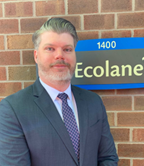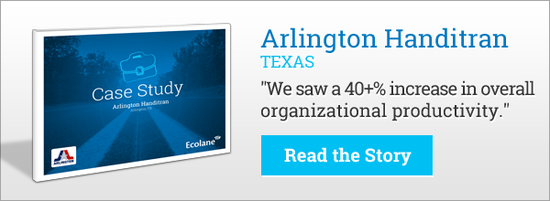Transit's number one priority is always safety. A driver’s goal is to safely deliver passengers from their origin to destination. Providing this service efficiently and on time and the rising cost of transportation are part of the challenges that transit agencies today face. Clear communication channels can boost transit ridership by setting clear rider expectations and improving deliverable service which ultimately decreases cost.
Communicate with the Public
Clear communication channels can be both internal and external for an agency. It is important to develop a single voice that communicates realistic ridership expectations. Being able to accurately communicate to riders helps build trust in the transit agency. Whenever a rider can interact with an agency staff member, it should always be reinforcing the agencies ridership goal. Customer Service reps should follow the practice of confirming client details each time they speak with a rider and communicating the details of a trip back to the client. Drivers should also verify the details with the rider and follow clear lines of communication back to office staff at the agency to correct any outdated or incorrect information.
Agencies can also utilize demand-response software and mobile transit technology to improve communication both internally and externally. The more regularly available notification systems for riders like IVR, SMS and mobile apps can provide day-before reminders and just-in-time updates on trip statuses. If these options are not available for an agency, making a phone call to the client to inform them of their trip status, whether early or late can go a long way. Communicating the updates to the riders accurately can also decrease no shows. Clients who may not be picked up in their time frame may make other arrangements and free up a vehicle resource or reduce gas and miles put onto the vehicle for a trip not taken.
Communicate In-house
Internal communication can also be improved utilizing software. Storing customer feedback and complaints with deliverables and action items that can be followed up on and tracked will help provide reassurance to riders. It’s also important that agency staff follows internal guidelines for leaving comments or notes on trips.
Active community outreach is an important way to gain new ridership and encourage continued ridership. Partnerships with local agencies can lead to new ridership. It can also offer opportunity to improve and expand service currently being provided. The agencies might look for transportation to special events or group trips which can increase productivity and resource use. These can also be encouraged to take place during non-peak times of service. This can also be an opportunity to communicate with these agencies on service improvement or changes.
As part of communication, it’s always important to remember it’s a two way road. Transit agencies need to set a priority for all levels of their organization to keep customer communication flowing. It’s also important to keep channels open for riders to have a voice. Feedback forms, open dialogue and then follow up will help keep the riders engaged in the service. From drivers, to customer service reps to the general manager, each role has a part to play in providing a valuable, reliable, safe service to the community.
About the Author:
 Matt Taylor serves as the Vice President of Operations where he leads teams to delivers hands-on personal training of Ecolane’s DRT software to clients across the country and then support them in their daily operations. Before Ecolane, he served as a Department of Transportation (DOT) certified driver, reservationist, scheduler, and dispatcher using our scheduling software when he worked for rabbittransit, and he is a graduate of West Chester University in Pennsylvania. Matt joined Ecolane in 2012 as a Technical Trainer and has worked his way up within Ecolane’s Professional Services team, assisting agencies on-site and remotely through data collection, training, and go-live stages of projects.
Matt Taylor serves as the Vice President of Operations where he leads teams to delivers hands-on personal training of Ecolane’s DRT software to clients across the country and then support them in their daily operations. Before Ecolane, he served as a Department of Transportation (DOT) certified driver, reservationist, scheduler, and dispatcher using our scheduling software when he worked for rabbittransit, and he is a graduate of West Chester University in Pennsylvania. Matt joined Ecolane in 2012 as a Technical Trainer and has worked his way up within Ecolane’s Professional Services team, assisting agencies on-site and remotely through data collection, training, and go-live stages of projects.
This post was originally published on April 24, 2015 and has been updated to refresh content.
About the Author
Matt Taylor
Read Matt's blog articles for perspective, opinion and information on transit and paratransit issues.
%20(200%20x%20100%20px).png)


